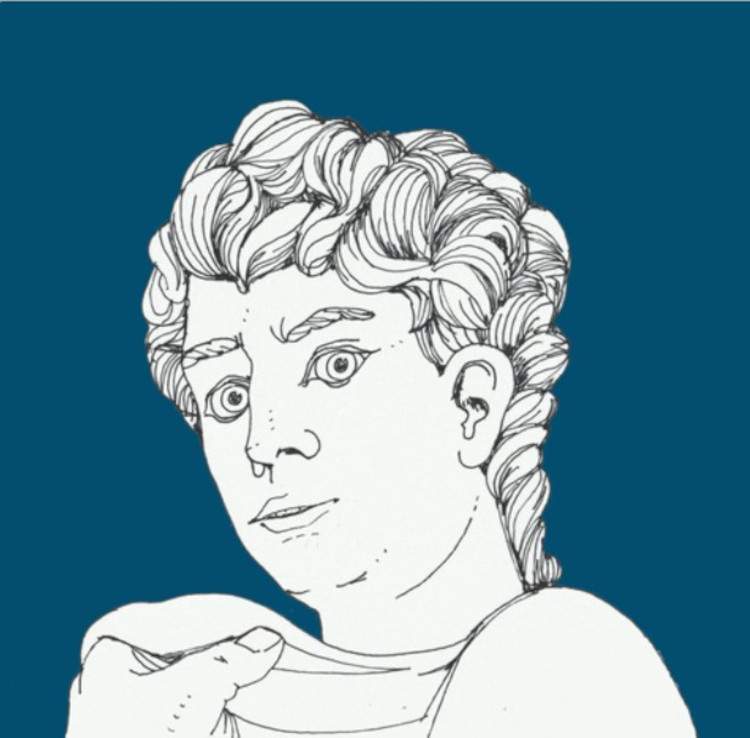Chat with David: Florence's Accademia Gallery launches new artificial intelligence project
Starting Dec. 15, the Florence Academy Gallery’s new artificial intelligence project, Chatting with David, will kick off. The protagonist will be precisely the symbolic sculpture of the Florentine museum, Michelangelo’s David, which will chat with its admirers.
On the Gallery’s website https://www.galleriaaccademiafirenze.it/, the David will tell its story by divulging historical, artistic and religious information, but also anecdotes and curiosities.
This is the development of a chatbot, or automated software capable of interacting with users in the form of a chat, developed from an idea of Cecilie Hollberg, director of the Accademia Gallery in Florence, using tools developed by Querlo, a New York-based company specializing in the production of technological applications through artificial intelligence. The development of the chatbot is done through the Deep Learning system, which involves a gradual increase over time of its ability to understand and respond, according to the requests posed by users; what will be published is a “beta” version, work in progress, which will grow with the collaboration of the users themselves.
For the production of the content, the Galleria dell’Accademia has started a collaboration with the Accademia di Belle Arti in Florence, involving, both in the elaboration and testing phases, a group of students from the “Didactics for Museums” course, supervised by Professor Federica Chezzi, and several students from other universities and nationalities, who were invited to imagine what a tourist might ask of David.
The project was realized thanks to the support of theAssociation of Friends of the Accademia Gallery of Florence.
“The idea of the chatbot,” says Cecilie Hollberg, “was born from the desire to bring this museum into modernity, and to be up to date we need to turn to young people, such as the Italian and non-Italian university students involved in the project, who with the freshness of their approach, dictated by a free spirit, are able to communicate curiosity about a work of art, then render the emotion that one feels in front of the David to find out what it really represents. This experience with artificial intelligence can be considered a first approach as well as a playful way to attract the attention of those who are not used to approaching art.”
“Welcome to my chatbot - Son the virtual alter ego of David, sculpture by Michelangelo, considered one of the most beautiful works of art in the history of mankind - Do you want to ask me something?” Thus begins the chat with David. Already several hundred questions and answers have been acquired. It is through questions such as “WHY ARE YOU CONSIDERED A SYMBOL? WHAT DID YOU TRY TO DEFEAT GOLIATH? DO YOU LIKE MUSIC? WHAT WAS MICHELANGELO LIKE? DO YOU LIKE FLORENCE? WHAT LANGUAGE DO YOU SPEAK? WHY ARE YOU Naked?” which students tried to see beyond the statue to learn about every aspect of it.
“We couldn’t help but enthusiastically grasp this project projected into the future,” says Vice President of the Association of Friends of the Accademia Gallery of Florence, Nicola de Renzis, “considering that our intent is to awaken the city’s interest in this museum and at the same time bring the museum closer to society and the territory, so that there is a constant and continuous confrontation; therefore, we were happy to collaborate operationally and give our support.”
"It was very stimulating for our students to participate in this project, commented Claudio Rocca, director of the Florence Academy of Fine Arts, “we are grateful to the Gallery for offering them this opportunity. As an art education institution, we have set ourselves the goal of increasingly fostering a multidisciplinary approach to art production and dissemination, so we strongly believe in the marriage of art and technology. We will continue to foster this fortunate encounter through new educational and research projects, a first step was taken just this year with the activation of a three-year course in New Art Technologies.”
 |
| Chat with David: Florence's Accademia Gallery launches new artificial intelligence project |
Warning: the translation into English of the original Italian article was created using automatic tools. We undertake to review all articles, but we do not guarantee the total absence of inaccuracies in the translation due to the program. You can find the original by clicking on the ITA button. If you find any mistake,please contact us.





























